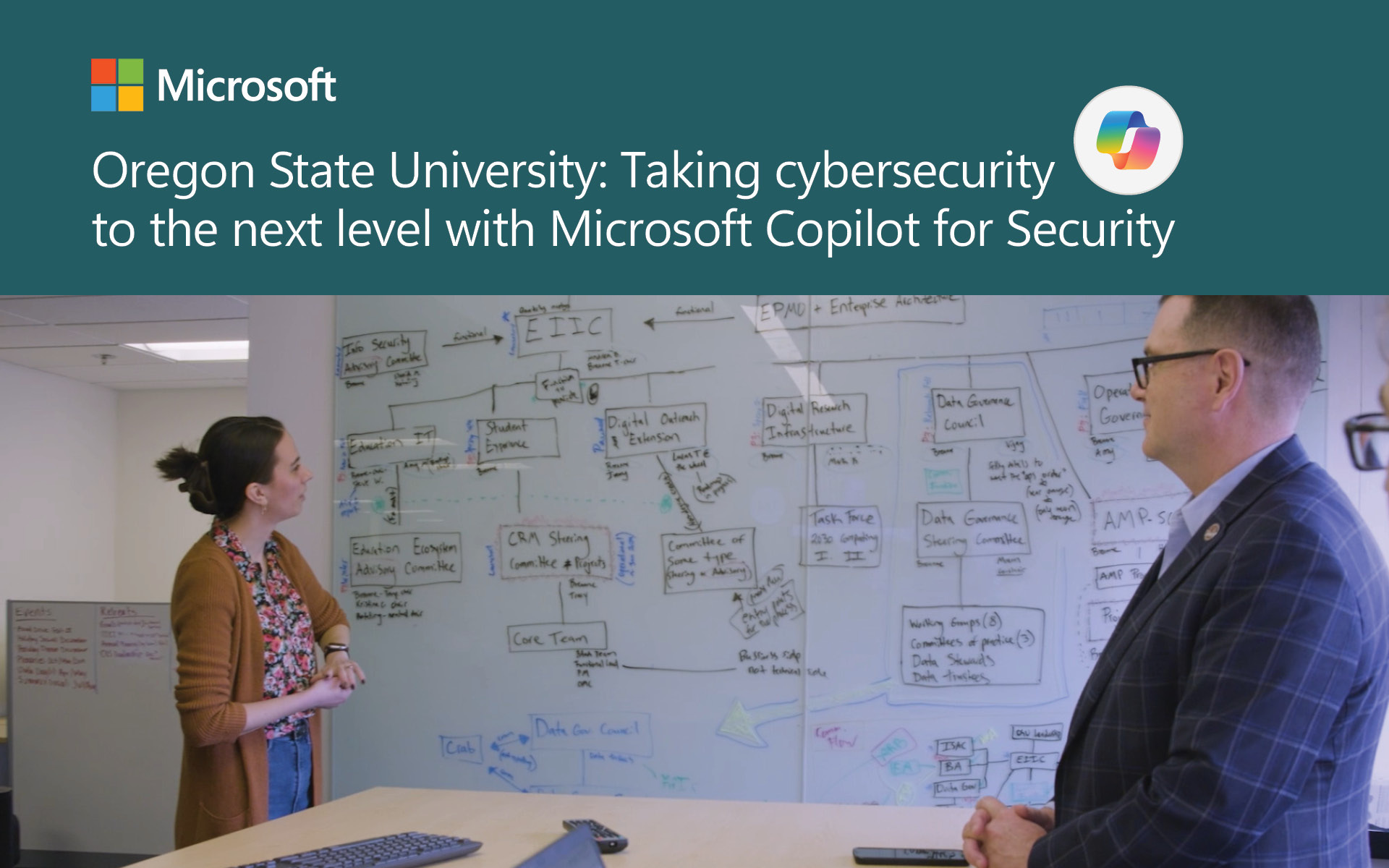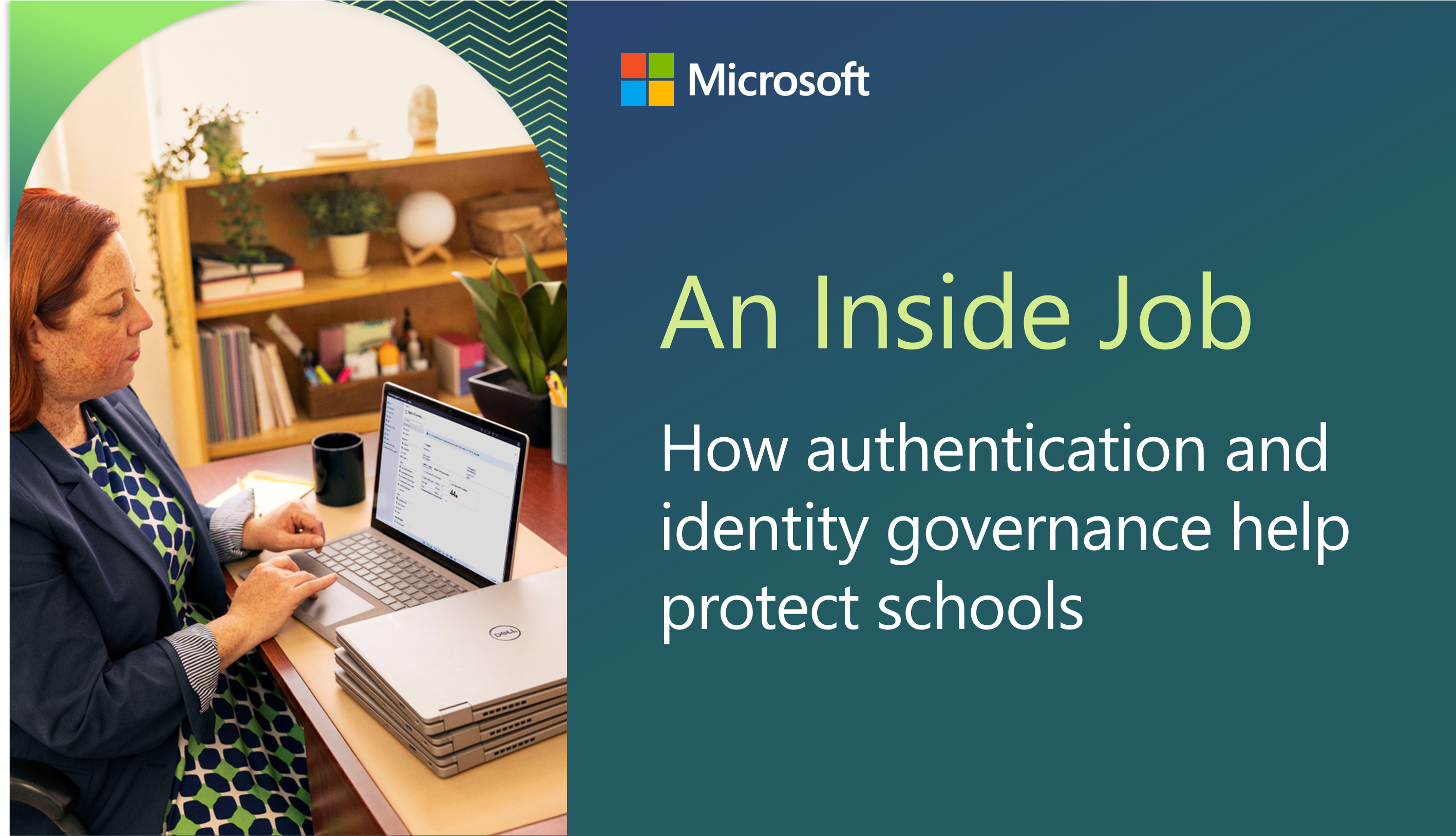
Power your school year with AI solutions for educators, leaders, and IT teams
With a variety of AI solutions for educators, leaders, and IT staff, we can help you create efficiencies that give you more time to focus on what matters most: students.
Protect against outside threats with cybersecurity and technology management solutions, while maintaining privacy and maximizing learning time.


With a variety of AI solutions for educators, leaders, and IT staff, we can help you create efficiencies that give you more time to focus on what matters most: students.

Microsoft offers multifactor authentication (MFA) without a smartphone using secure, passwordless device access.

Microsoft Education prioritizes providing solutions and tools to help you be cybersafe. Learn five ways that you can prioritize cybersecurity to help keep your school and users safe.

Discover the Microsoft Education AI Toolkit and get knowledge, strategies, and recommendations for launching AI initiatives in K-20 settings.

Technology has become an integral part of education, with students relying on various devices to access resources, collaborate with peers, and engage in learning activities. However, with the increased reliance on technology comes the heightened risk of cyber threats.

Each day, schools and universities face cyber threats from bad actors who want access to the sensitive data stored in education systems.

In 2023, Oregon State University (OSU) was at the forefront of innovation, securing more than $480 million in competitive research grants. However, the spring of 2021 brought a harsh realization: even the most prestigious institutions are not immune to cyber threats.

Technology was already firmly integrated with school systems before the COVID-19 pandemic. But since 2020, admin processes and classroom learning—whether traditional, hybrid, or fully remote—have pivoted, increasingly relying on technology-based solutions.

According to the U.S. Government Accountability Office, school staff were responsible for most of the accidental security breaches plaguing schools between 2016–2020, with students responsible for most of the intentional breaches (the bulk of incidents being to—perhaps unsurprisingly—change grades).

On February 6, people around the world will celebrate Safer Internet Day 2024. Originating in the European Union in 2004, today Safer Internet Day is honored in over 180 countries.

With the rapid transition to digital learning and the increased need for device management in education institutions, we understand the importance of providing secure digital environments for all staff and students.

The concept of “school safety” has evolved significantly in the last several decades to include cybersecurity, ranging from policy compliance, privacy, and data protection to common cybersecurity threats like phishing attacks.